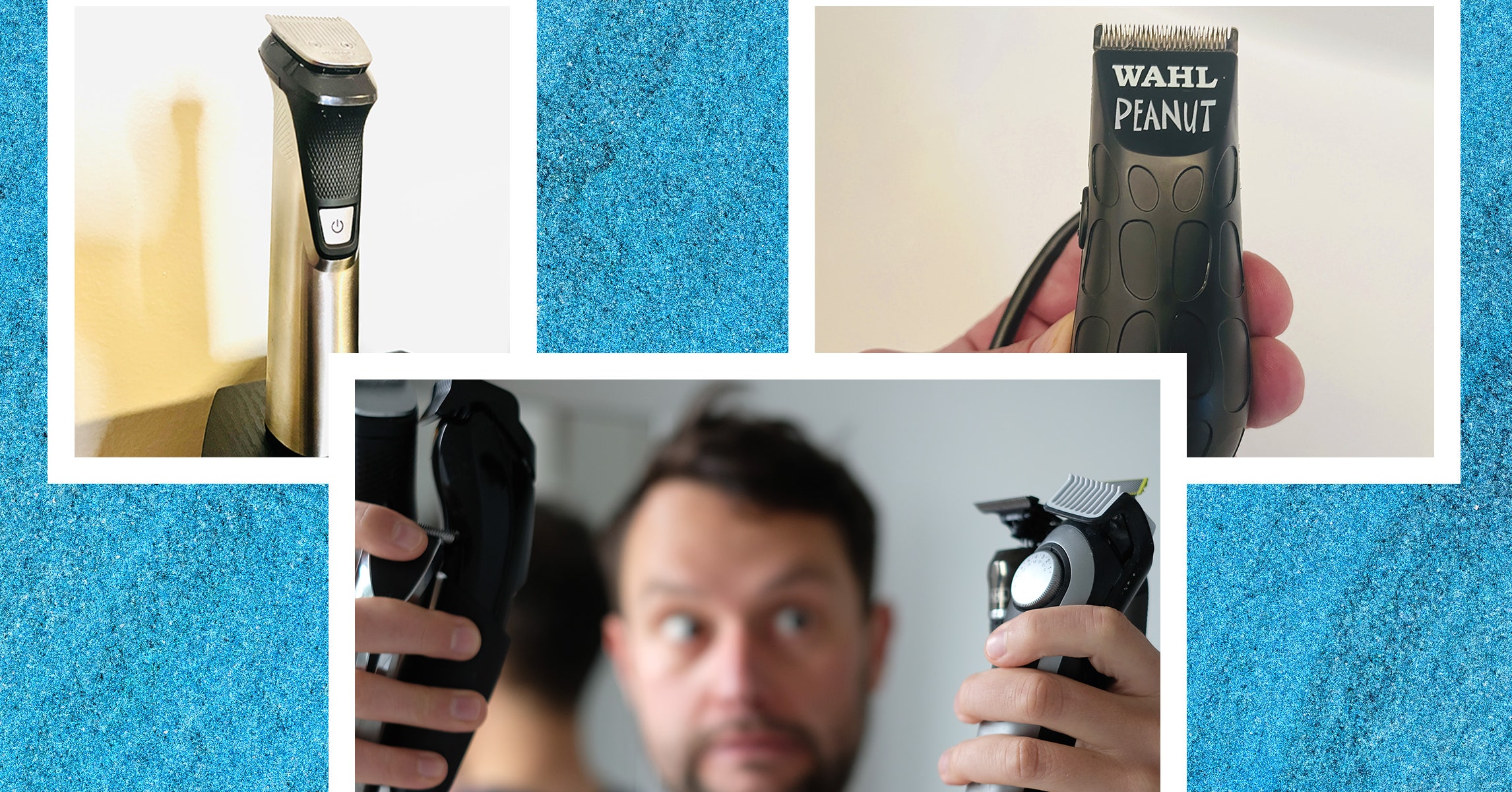A beard trimmer is a blessedly straightforward entity that can have widely varying results. Different beards have wildly different needs, depending on hair type and style. And quality matters. Cheap knives don’t save money if they die young. The last thing anyone needs in the morning is a dull or powerless trimmer that pushes your hair around instead of cutting it – or worse, pulling your hair.
The shopping aisle’s rainbow of trimmers advertising “professional precision” and “lifetime blades” without corresponding guarantees can be daunting to sort through. We consulted with hairdressers and hair professionals, then turned these magazines onto our very own faces. Our team includes several testers with different morning routines, with several versions and visions of beards. Whether you’re aiming for sturdy stumps, tight detailed geometry or the manicured thatch of an elegant lumberjack, we’ve got a choice for you.
For more grooming tips, check out the best hair removal creams and tools, the best hair dryers, and the best straighteners.
Updated December 2024: We added the Philips Norelco Multigroom and a classic barber-recommended favorite Peanut from Wahl.
Turn on with unlimited access to THE CABLE. Get best-in-class reporting that’s too important to ignore $2.50 $1 per month for 1 year. Includes unlimited digital access and exclusive subscriber-only content. Register today.
A beard grows about a millimeter every two or three days, depending on who you are—an eighth of an inch a week on average. So it can take a long time to test beard trimmers.
In general, we test each beard trimmer when a beard has grown enough for a good trim – using at least two cutting lengths. Weight and balance matter, as does the ability of the blade to get to the awkward areas around the neck. Our testers check how well-made and user-friendly attachments are, and we verify manufacturer claims about battery life and power. We also check in with professional hairstylists, especially to verify durability and reliability claims among brands and models.
Tester Andrew Williams has a relatively full beard with straight stubble. Tester Matthew Korfhage has coarse and angry hair, with an apparent mind of his own. We have tried to reflect any problems – e.g. struggling with thick brushes – in our reviews, so you can be sure of the best possible trim with the least effort.
Here’s some help choosing the right features for your face fuzz.
- Ceramic vs Steel Blades: Ceramic blades can hold their sharpness better than steel, but the smaller teeth on premium beard trimmer blades tend to be made of stainless steel.
- Barrel control: Some beard trimmers have dials on the device. For an easier life, choose one with minimal attachments.
- Ni-MH versus Li-ion: Avoid trimmers with excessively long charging times and those that use old nickel metal hydride batteries. They do not hold their charge as long as lithium-ion.
- Waterproof? Trimming in the shower isn’t as beneficial as wet shaving, but a water-resistant design lets you wash your trimmer under the tap with confidence.
- USB charging: It took far too long, but you can finally get USB charging cables for beard trimmers, while Manscaped even uses a USB-C on the shell itself. A great bonus for travel.
- Small versus larger teeth: Larger blade teeth can cut thick, dense hair, but smaller teeth allow for a closer and more precise cut. The latter is best exemplified by the Philips OneBlade family.
- Broad versus narrow blade: Hair trimmers have wider blades than beard trimmers. The narrower style provides greater control with minimal downtime for those with shorter facial hair.
- Do the blades need to be replaced? Use knife oil (often included) to prevent rust and the knives should last for years. Trimmer-shaver hybrid Philips OneBlade models, however, need to be replaced more regularly.
- Vacuum? Some beard trimmers have a vacuum function to avoid getting hair strips everywhere. In reality, it’s a bit of a gimmick.
